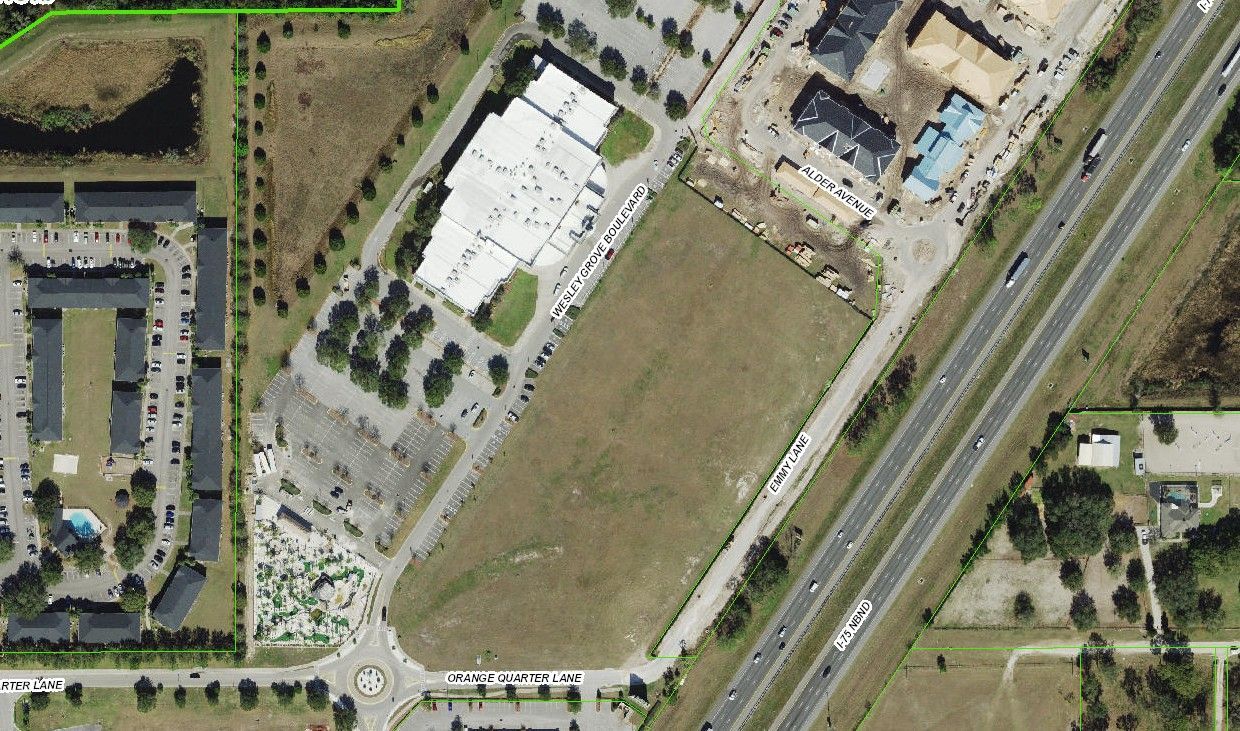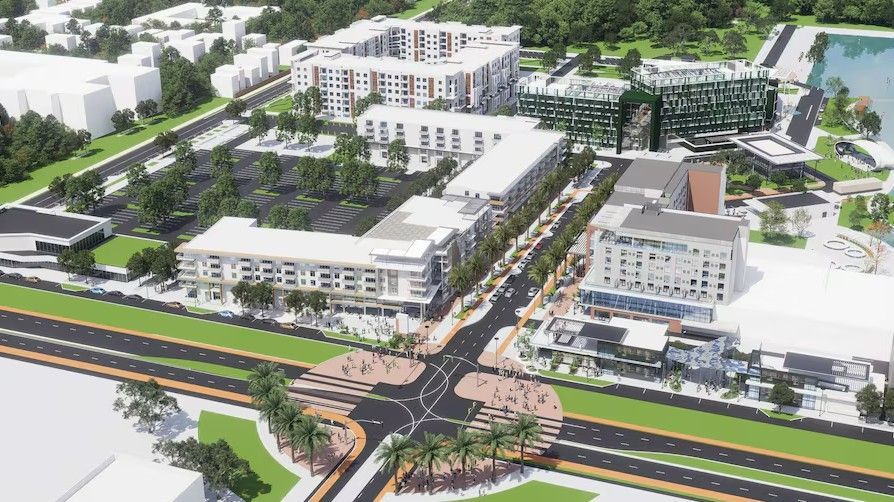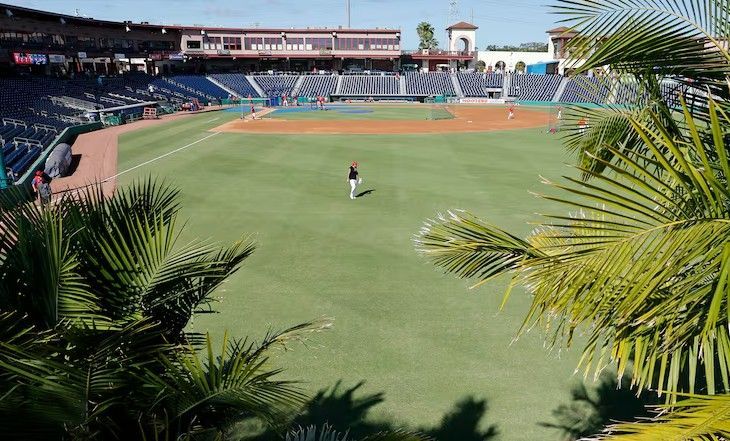Industrial Real Estate 2024: Trends, Resilience, and the Road Ahead
The industrial real estate sector entered a phase of stabilization and normalization in 2024, following several years of rapid growth. While challenges emerged, the sector demonstrated resilience and remained a critical component of the commercial real estate landscape. Here are the key takeaways from the latest National Industrial Report by Yardi Matrix (Click here for full report).
Supply Trends: A Slowdown in New Deliveries
The industrial construction boom that began in 2021 significantly slowed in 2024. Over 1.1 billion square feet of industrial space were delivered in 2022-2023, but only 330.7 million square feet were completed through November 2024. Despite the deceleration, this year will still finish with more completions than any pre-2020 year tracked by Yardi Matrix.
Higher borrowing costs and cooling demand led to fewer starts, with just 208.7 million square feet of new projects breaking ground year-to-date. This slowdown reflects developers’ cautious response to shifting market dynamics.
Vacancy Rates on the Rise
The wave of new supply has impacted vacancy rates nationwide. Two years ago, vacancies were below 4%, and many top markets had rates under 2%. By the end of 2024, the national vacancy rate climbed to 7.5%, with nearly every market experiencing increases in available space. This shift underscores the normalization of demand and supply in the industrial sector.
Sales Volume and Pricing
Through November, industrial property sales totaled $54.6 billion, closely mirroring 2023’s $62.8 billion. The average sale price increased by 2.7% to $128 per square foot, despite the high-interest-rate environment. This growth follows a modest 1.5% increase in 2023 and reflects sustained investor appetite for industrial assets. While these gains are modest compared to the explosive price growth of 2021 (25.6%) and 2022 (13.5%), they highlight the sector’s stability.
Resilient Supply Chains Amid Global Disruptions
Supply chain disruptions in 2024 tested the industrial sector’s resilience. Key events included:
• Attacks on ships in the Red Sea by Yemen’s Houthi rebels.
• A three-day labor stoppage that temporarily closed East Coast ports.
• A drought in Panama, reducing canal vessel transit by 29%.
• The collapse of the Francis Scott Key Bridge in Baltimore, which shuttered the Port of Baltimore for 11 weeks.
Despite these challenges, supply chains remained robust, avoiding large-scale bottlenecks and backlogs. This resilience is a testament to the adaptability of modern logistics networks.
Rent Growth: A Mixed Landscape
National in-place rents for industrial space averaged $8.27 per square foot in November, a 6.9% increase year-over-year. Miami led the market with an 11.1% annual rent increase, followed by New Jersey (10.5%), the Inland Empire (10.0%), and Atlanta (9.2%).
Conversely, Midwest markets experienced minimal rent growth. St. Louis had the lowest increase at 2.7%, followed by Kansas City (3.2%), Detroit (3.6%), and the Twin Cities (4.2%). These markets also showed the smallest spreads between in-place and new rents, with St. Louis reporting a negative spread of –$0.17.
E-Commerce Driving Industrial Demand
E-commerce sales surpassed $300 billion in Q3 2024, marking a 2.6% ($7.5 billion) increase from Q2. This represents the highest percentage growth since Q2 2023. Year-over-year, online sales increased by 7.4%, with e-commerce’s share of core retail sales rising to 19%. This is the largest share since Q2 2020, aligning with pre-pandemic trends.
The sustained growth of e-commerce bodes well for the industrial sector, as online retail requires three times more logistics space than traditional brick-and-mortar operations.
Outlook for 2025
As 2024 closes, the industrial sector appears poised for continued stabilization. Investors, developers, and tenants will likely focus on balancing supply and demand while navigating potential economic and geopolitical headwinds. With e-commerce and resilient supply chains driving demand, the industrial market remains a cornerstone of commercial real estate success.
Thank you for your interest. Have questions regarding the local market? Navigate the Industrial Real Estate Market with confidence, and contact us at Cliggitt Valuation for your appraisal, consulting, and valuation needs today.
Mike Cliggitt, MAI, MRICS, CCIM
813.405.1705 | 863.661.1165 - Direct Lines
findvalue@cliggitt.com
SHARE CONTENT





